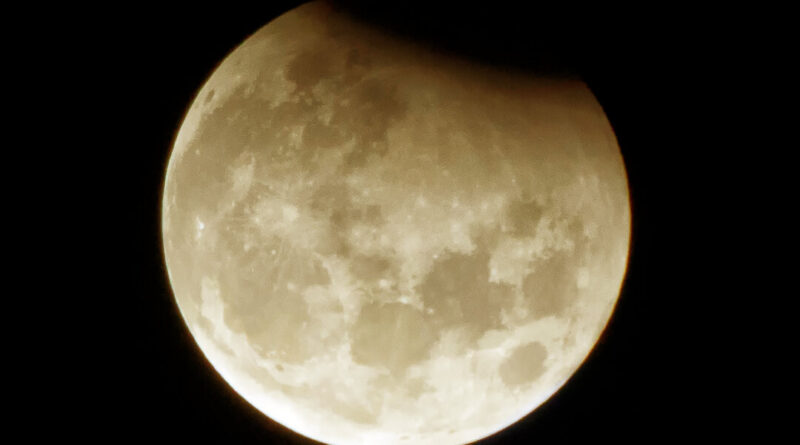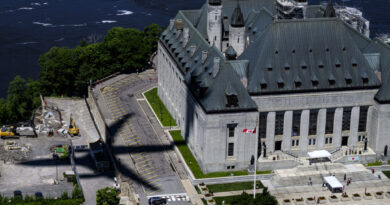What to Expect from Tonight’s Partial Eclipse of the Harvest Supermoon
Canadians across the country will have a chance to see a partial eclipse of the Harvest Supermoon on Sept. 17.
“An imperfect alignment of Sun, Earth and Moon results in the Moon passing through only part of Earth’s umbra,” NASA said on its website. “The shadow grows and then recedes without ever entirely covering the Moon.”
How to View
A full moon will be visible from around 10:30 p.m. Eastern Daylight Time (ET) on Sept. 17 and will appear full for three consecutive nights, NASA said.
The partial eclipse will begin around 8:41 p.m. ET on Sept.17 but will still be difficult to see. Around 10:13 p.m. the top edge of the moon will start to enter the full shadow with the eclipse peaking around 10:44 p.m. At this time, the top eight percent of the moon will be in “full shadow,” NASA said.
The moon will exit the full shadow around 11:16 p.m. and the partial shadow on Sept. 18 at 12:47 a.m.
The partial eclipse will be visible to those in areas where the sky is clear. Using binoculars or a telescope can help skywatchers see the phenomenon better.
People can view the partial lunar eclipse without covering their eyes, the Canadian Space Agency (CSA) says. Photos of the event can also be captured on cell phones or with digital cameras.
Tonight’s supermoon is the second of four consecutive supermoons this year. Another supermoon is expected in October, which will be the closest the moon will get to Earth. The final supermoon will be in November.
The next time Canadians can see a full lunar eclipse is on March 13, 2025, or March 2, 2026.
The Associated Press contributed to this report.





